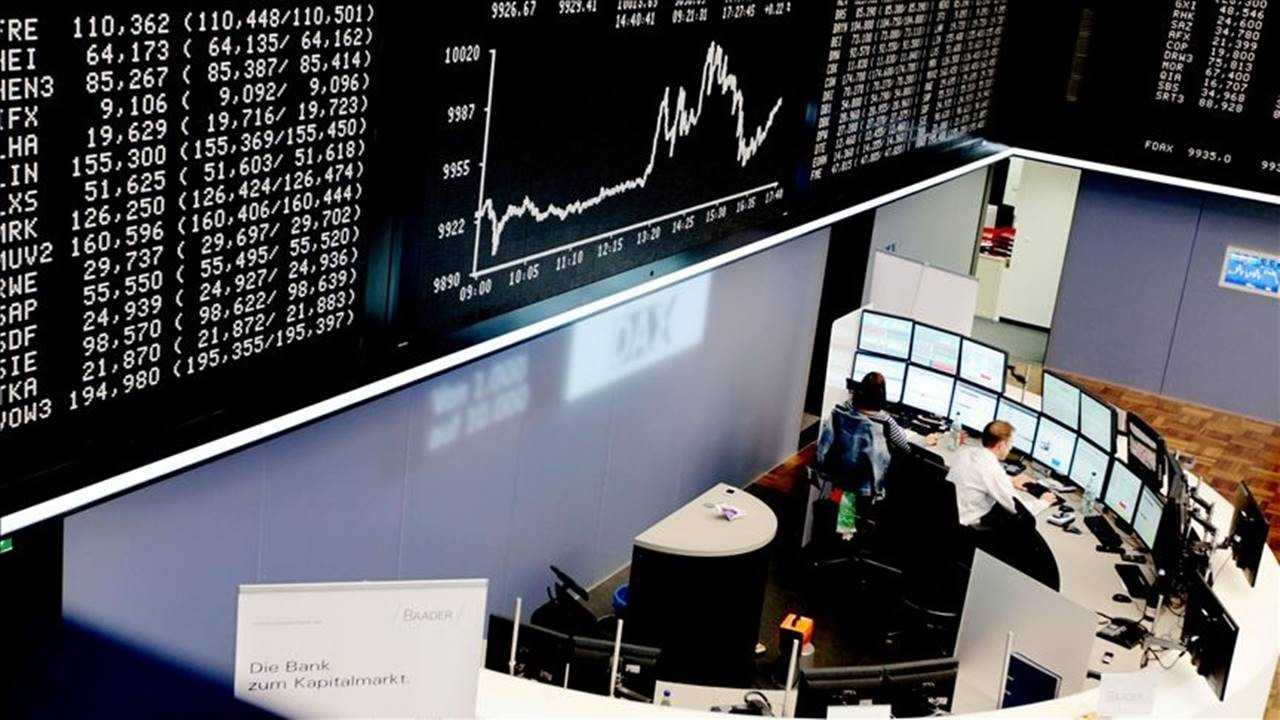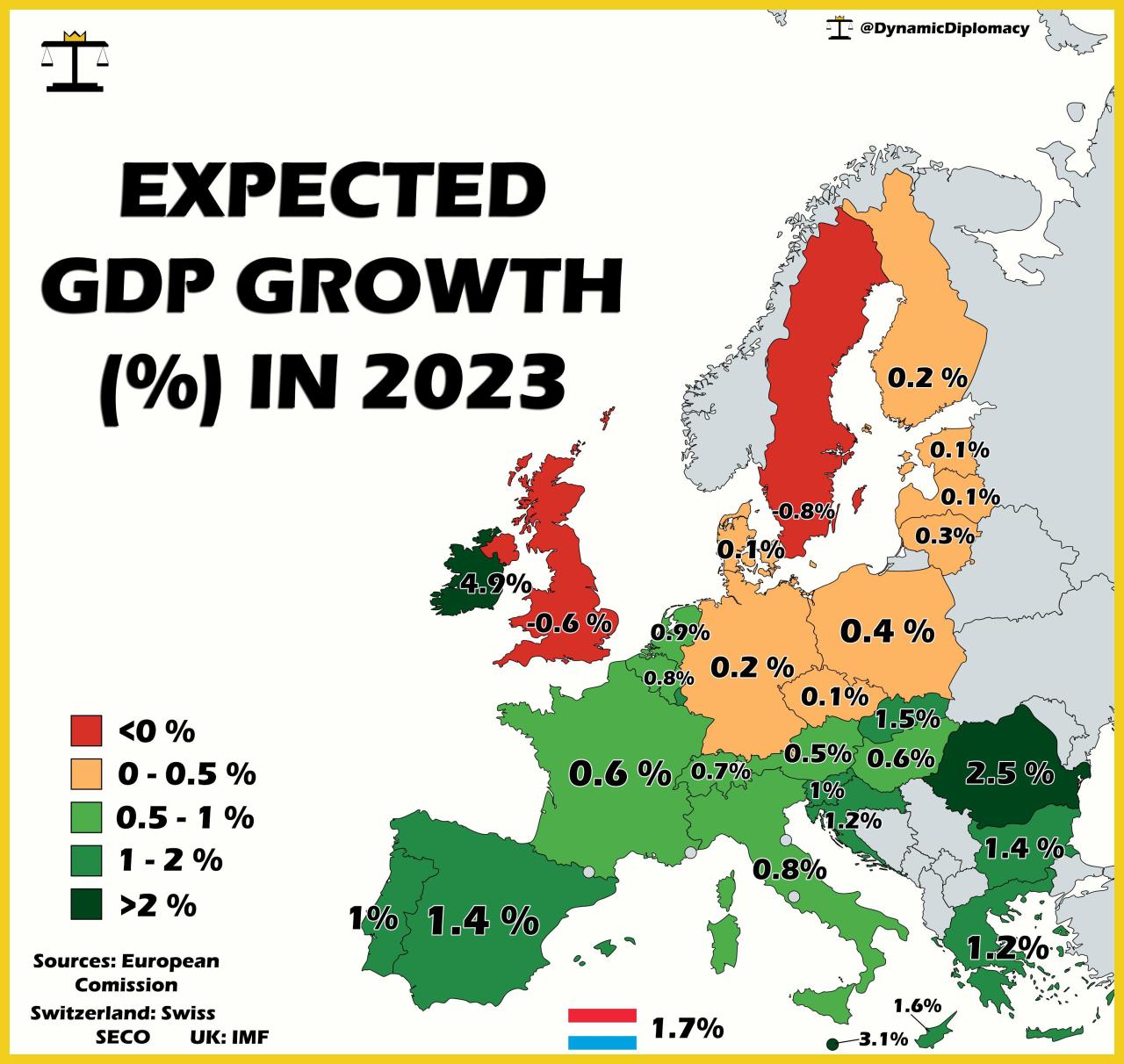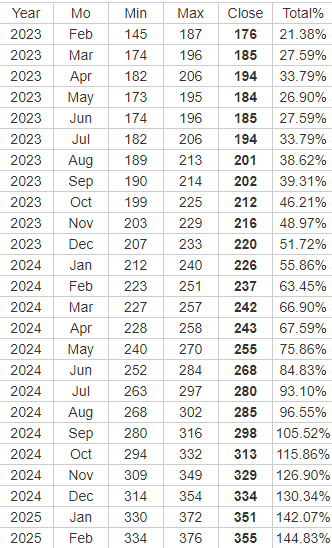Amundi Dow Jones Industrial Average UCITS ETF: A Deep Dive Into Net Asset Value

Table of Contents
This article provides a comprehensive guide to understanding the Net Asset Value (NAV) of the Amundi Dow Jones Industrial Average UCITS ETF, a popular choice for investors seeking exposure to the iconic Dow Jones Industrial Average. We'll demystify what NAV is, how it's calculated, and why it's a crucial metric for anyone investing in this or similar ETFs.
What is Net Asset Value (NAV) in an ETF?
Net Asset Value (NAV) represents the intrinsic value of an Exchange-Traded Fund (ETF). For the Amundi Dow Jones Industrial Average UCITS ETF, it's calculated by taking the total market value of all the assets held within the ETF, subtracting any liabilities (like management fees or expenses), and then dividing that figure by the total number of outstanding shares. This gives you a per-share value.
Unlike the constantly fluctuating market price of the ETF, which can change throughout the trading day based on supply and demand, the NAV is typically calculated only once per day, usually at the close of the market. This difference is important because it highlights the distinction between the perceived value (market price) and the actual underlying value (NAV) of the ETF. Discrepancies can occur due to factors such as market timing, trading volume, and investor sentiment.
The NAV is fundamentally important for investors because it offers a benchmark to assess the true value of their investment in the Amundi Dow Jones Industrial Average UCITS ETF. It provides a clearer picture of the underlying performance of the Dow Jones Industrial Average itself, minimizing the impact of short-term market volatility.
- NAV represents the intrinsic value of the ETF.
- Market price fluctuates throughout the trading day, while NAV is calculated at the end of the trading day.
- Understanding NAV helps investors gauge the true value of their investment.
- NAV provides a more stable measure of performance compared to the market price.
Calculating the NAV of the Amundi Dow Jones Industrial Average UCITS ETF
Calculating the NAV of the Amundi Dow Jones Industrial Average UCITS ETF involves a straightforward process. Essentially, it boils down to this formula:
- NAV = (Total Asset Value - Total Liabilities) / Number of Outstanding Shares
The total asset value is primarily determined by the current market value of the stocks that make up the Dow Jones Industrial Average, since the ETF aims to track this index. Liabilities include expenses like management fees charged by Amundi. The number of outstanding shares represents the total number of ETF shares currently held by investors.
Several factors influence the daily NAV calculation:
- Market Fluctuations: Changes in the prices of the 30 constituent stocks of the Dow Jones Industrial Average directly impact the ETF's NAV. A rise in the index will generally lead to a higher NAV, and vice versa.
- Dividends: When companies within the Dow Jones Industrial Average pay dividends, this increases the ETF's assets, leading to a (usually small) increase in the NAV.
- ETF Expenses: Management fees and other expenses gradually reduce the NAV over time.
The NAV is typically calculated and published daily, offering investors a regular update on the underlying value of their investment. This daily calculation allows for accurate tracking of the ETF's performance.
Accessing the Amundi Dow Jones Industrial Average UCITS ETF's NAV
Finding the daily NAV for the Amundi Dow Jones Industrial Average UCITS ETF is relatively straightforward. You can typically access this information through several sources:
- Amundi's Official Website: The asset manager, Amundi, usually provides daily NAV updates on their website, often within their ETF fact sheets or dedicated sections for this specific ETF.
- Financial News Websites: Many reputable financial news websites and data providers (like Bloomberg or Yahoo Finance) will publish the NAV data for major ETFs like the Amundi Dow Jones Industrial Average UCITS ETF.
- Brokerage Platforms: If you hold the ETF within your brokerage account, the platform will typically display the NAV alongside other key performance indicators.
Regularly checking the NAV is crucial for performance monitoring and informed investment decision-making. Tracking NAV fluctuations allows investors to assess the effectiveness of their investment strategy and make necessary adjustments.
Using NAV to Make Informed Investment Decisions
The NAV of the Amundi Dow Jones Industrial Average UCITS ETF serves as a valuable performance indicator. A consistently increasing NAV suggests positive performance relative to the underlying Dow Jones Industrial Average. Conversely, a decreasing NAV indicates underperformance.
Comparing the NAV to the market price can reveal discrepancies. While small differences are common, significant gaps might indicate trading inefficiencies or market sentiment playing a larger role than the underlying asset value. For sophisticated investors, this might present potential arbitrage opportunities, though this is a complex strategy and carries significant risk.
Understanding NAV can inform investment strategies. For example, dollar-cost averaging (investing a fixed amount regularly regardless of price) can be guided by observing NAV trends, and some investors might attempt to time the market based on NAV movements. However, it's crucial to remember that market timing is risky and rarely successful in the long term.
- Consistent increase in NAV indicates positive performance.
- Large discrepancies between NAV and market price can be indicative of trading inefficiencies. However, these discrepancies are often short-lived.
- NAV should be considered alongside other investment factors, such as overall market conditions and individual risk tolerance.
Conclusion
Understanding the Net Asset Value (NAV) of the Amundi Dow Jones Industrial Average UCITS ETF is crucial for investors to make informed decisions. By regularly monitoring the NAV and understanding its calculation, investors can gain a clearer picture of their investment’s performance and value, particularly in relation to the performance of the Dow Jones Industrial Average itself. This allows for a more nuanced understanding of the ETF's performance compared to simply looking at its market price. Remember to always consult with a financial advisor before making any investment decisions. Start monitoring the Amundi Dow Jones Industrial Average UCITS ETF's NAV today to enhance your investment strategy and better understand this popular index-tracking investment vehicle.

Featured Posts
-
 Avrupa Borsalari Karisik Bir Guenuen Ardindan Kapandi
May 24, 2025
Avrupa Borsalari Karisik Bir Guenuen Ardindan Kapandi
May 24, 2025 -
 Trump E L Unione Europea L Effetto Dei Dazi Del 20 Sulla Moda
May 24, 2025
Trump E L Unione Europea L Effetto Dei Dazi Del 20 Sulla Moda
May 24, 2025 -
 Breaking News Pedestrian Vs Vehicle Accident On Princess Road Live
May 24, 2025
Breaking News Pedestrian Vs Vehicle Accident On Princess Road Live
May 24, 2025 -
 2nd Edition Best Of Bangladesh In Europe Showcases Collaboration And Economic Growth
May 24, 2025
2nd Edition Best Of Bangladesh In Europe Showcases Collaboration And Economic Growth
May 24, 2025 -
 Heinekens Strong Revenue Growth Positive Outlook Persists Despite Tariff Headwinds
May 24, 2025
Heinekens Strong Revenue Growth Positive Outlook Persists Despite Tariff Headwinds
May 24, 2025
Latest Posts
-
 Apple Stock And Tariffs Assessing The Risks To Buffetts Portfolio
May 24, 2025
Apple Stock And Tariffs Assessing The Risks To Buffetts Portfolio
May 24, 2025 -
 Analysts 254 Apple Stock Prediction Time To Buy
May 24, 2025
Analysts 254 Apple Stock Prediction Time To Buy
May 24, 2025 -
 Buffetts Apple Investment Navigating The Impact Of Trump Era Tariffs
May 24, 2025
Buffetts Apple Investment Navigating The Impact Of Trump Era Tariffs
May 24, 2025 -
 Apple Stock 200 Entry Point Before 254 Target
May 24, 2025
Apple Stock 200 Entry Point Before 254 Target
May 24, 2025 -
 Apple Vs Trump Tariffs Will Buffetts Top Tech Stock Crack
May 24, 2025
Apple Vs Trump Tariffs Will Buffetts Top Tech Stock Crack
May 24, 2025
